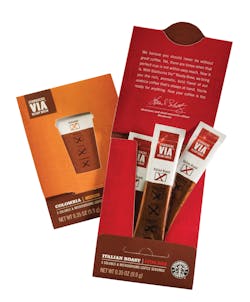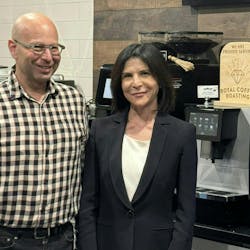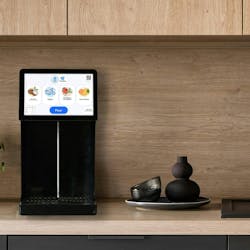Coffee value sales showed consistent growth from 2005 to 2010, even through the recession period, according to a new report available on companiesandmarkets.com.
A slowdown was experienced especially in 2009 in the coffee market, but strong recovery was evident by 2010. During 2009 and 2010, instant coffee has consistently outperformed fresh coffee in value sales, even though the latter is the more prevalent category. This indicates a sustained shift towards more premium versions of instant coffee in several regions, especially in 2010 with the launch of Starbucks VIA, priced several times higher than standard instant coffee brands. Instant coffee as a percentage of overall coffee sales amounted to 38 percent in 2005 but fell to 37 percent in 2007, before growing again, and exceeding 38 percent in 2010. This was driven by trading down during the recession and will be sustained by premiumization and a sustained change in drinking habits in Eastern Europe and Middle East and Africa.
Coffee sales showed a slowing but still steady growth trend during the recent recession years before bouncing back in 2010. But with commodity pricing pressures and established preferences for tea in many regions, a move towards higher margin coffees will become an increasingly central part of future growth strategies. This report discusses the differences in regional coffee trends and seeks to help identify where opportunities for premiumization in coffee lie over 2010 to 2015.
The report offers an insight into to the size and shape of the hot drinks market, highlights buzz topics, emerging geographies, categories and trends as well as pressing industry issues and white spaces. It identifies the leading companies and brands, offers strategic analysis of key factors influencing the coffee market, be they new product developments, packaging innovations, economic/lifestyle influences, distribution or pricing issues. Forecasts illustrate how the market is set to change and criteria for success. The analysis can focus on both retail and foodservice.





